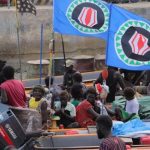In the Chinese Communist Party’s narrative of modern history, the Long March marks a turning point when the revolution came back from the death. Picture a group of soldiers crossing towering snow-covered mountains, trudging through muddy grasslands, and fighting fiercely with barely enough food or water. This epic journey, which began in 1934, was more than a military manoeuvre – it became a defining chapter in the making of modern China.
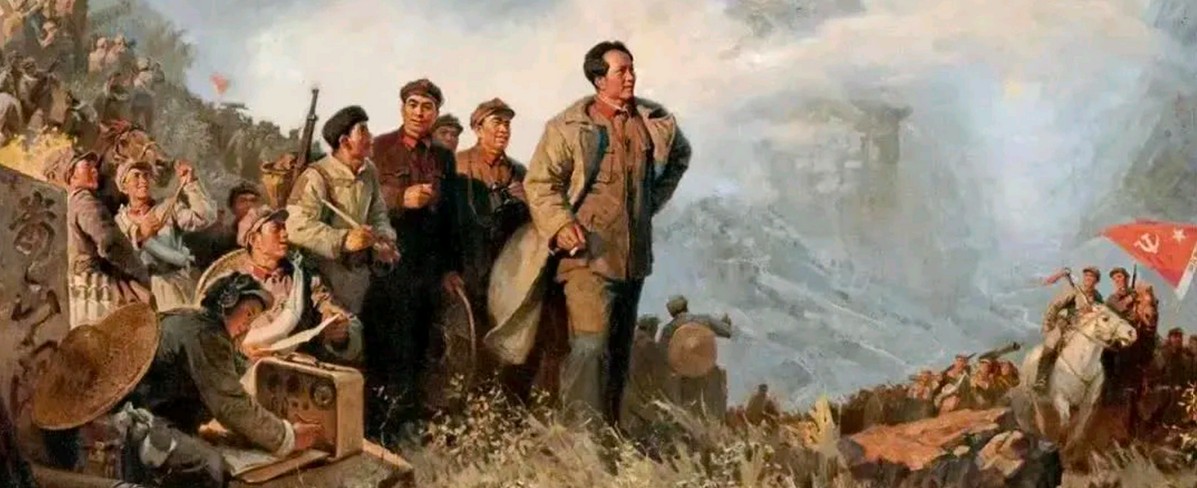
Table of Contents
THE BACKGROUND OF THE LONG MARCH
The Long March took place during the turbulent 1930s in China. After Chiang Kai-shek and the Nationalist Party took control of the country, they broke off cooperation with the Communists and launched a series of military campaigns to wipe them out.
At the same time, internal power struggles plagued the Communist Party. Top leader Bo Gu (Qin Bangxian) and Li De (also known as Otto Braun, a German Communist sent by the Comintern) first adopted a reckless offensive strategy, then swung to a conservative defensive approach. Both moves led to repeated defeats for the Red Army.
During the fifth campaign against the Nationalist encirclement, the Red Army, facing overwhelming pressure and unable to hold its ground, had no choice but to make a strategic retreat. The aim was clear at first: break through enemy lines and set up a new revolutionary base. What followed was a gruelling journey of nearly a year, covering 12,500 kilometres across 14 provinces.
PHASES OF THE LONG MARCH
The Beginning and Turning Point (October 1934 – January 1935)
In October 1934, the Red Army set off from the Central Soviet Area in Jiangxi and Fujian provinces. During the Battle of the Xiang River, they suffered heavy losses – over 50,000 soldiers died – but still managed to break through the initial Nationalist defences. In January 1935, the Red Army reached Zunyi, where they held the crucial Zunyi Conference. This meeting established Mao Zedong as the de facto leader of the Communist Party and shifted both military command and strategy, marking a decisive turning point in the Long March.
Bold Moves and Key Battles (January – June 1935)
After the Zunyi Conference, the Red Army adopted more flexible tactics. They carried out the famous Four Crossings of the Chishui River to outmanoeuvre enemy forces, constantly changing their route. In Sichuan, they faced the daunting task of crossing the Dadu River, where the dramatic capture of Luding Bridge took place. Under intense enemy fire, soldiers crawled across iron chains to seize the bridge, allowing the Red Army to cross safely.
Enduring Harsh Terrain (June – October 1935)
This phase brought the most extreme physical challenges. The Red Army had to climb snow-covered mountains such as Mount Jiajin, enduring freezing temperatures and thin air. After the mountains came vast grasslands filled with hidden swamps, and supplies of food and clean water ran dangerously low. Around 20,000 soldiers died during this part of the journey.
Final Meetings and victory (October 1935 – October 1936)
In October 1935, the First Front Army reached Wuqi in northern Shaanxi, marking a preliminary success. A year later, in October 1936, the Second and Fourth Front Armies met the First Front Army in Huining, Gansu. This reunion signalled the complete and final victory of the Long March.
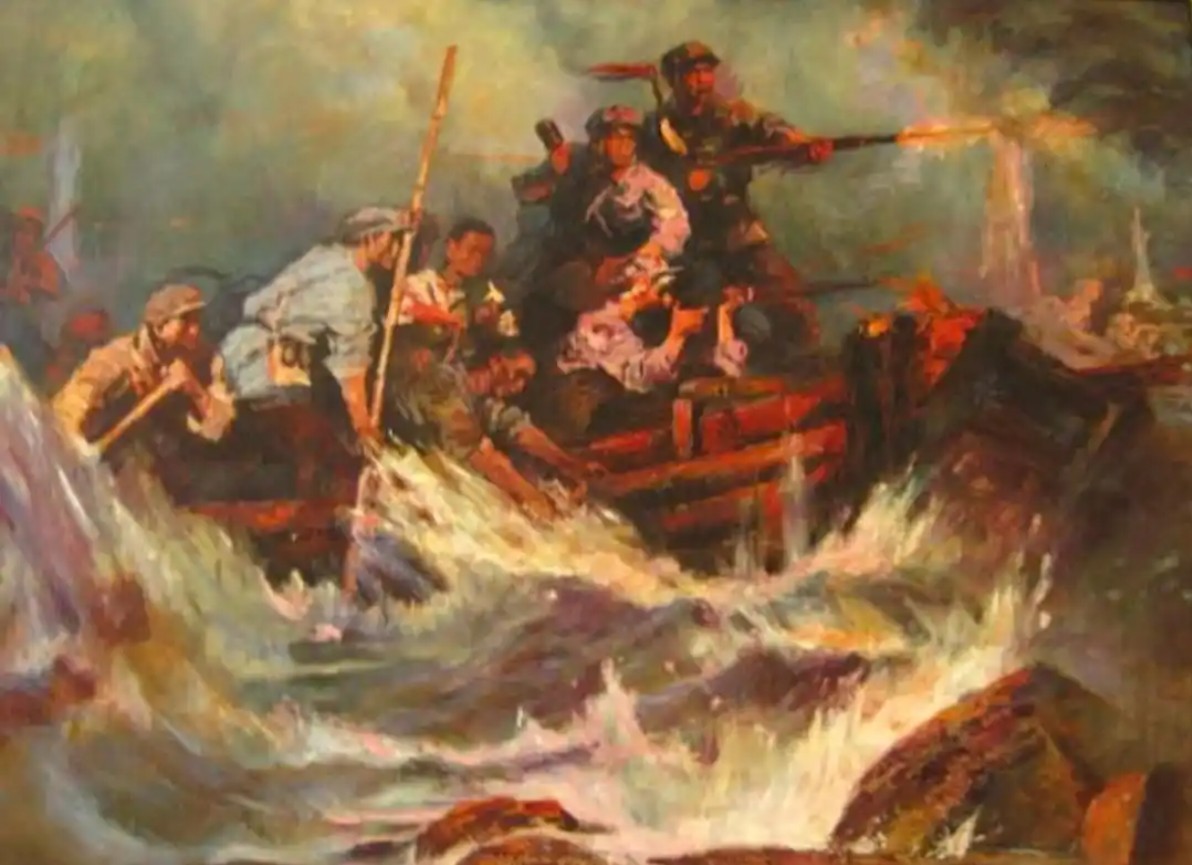
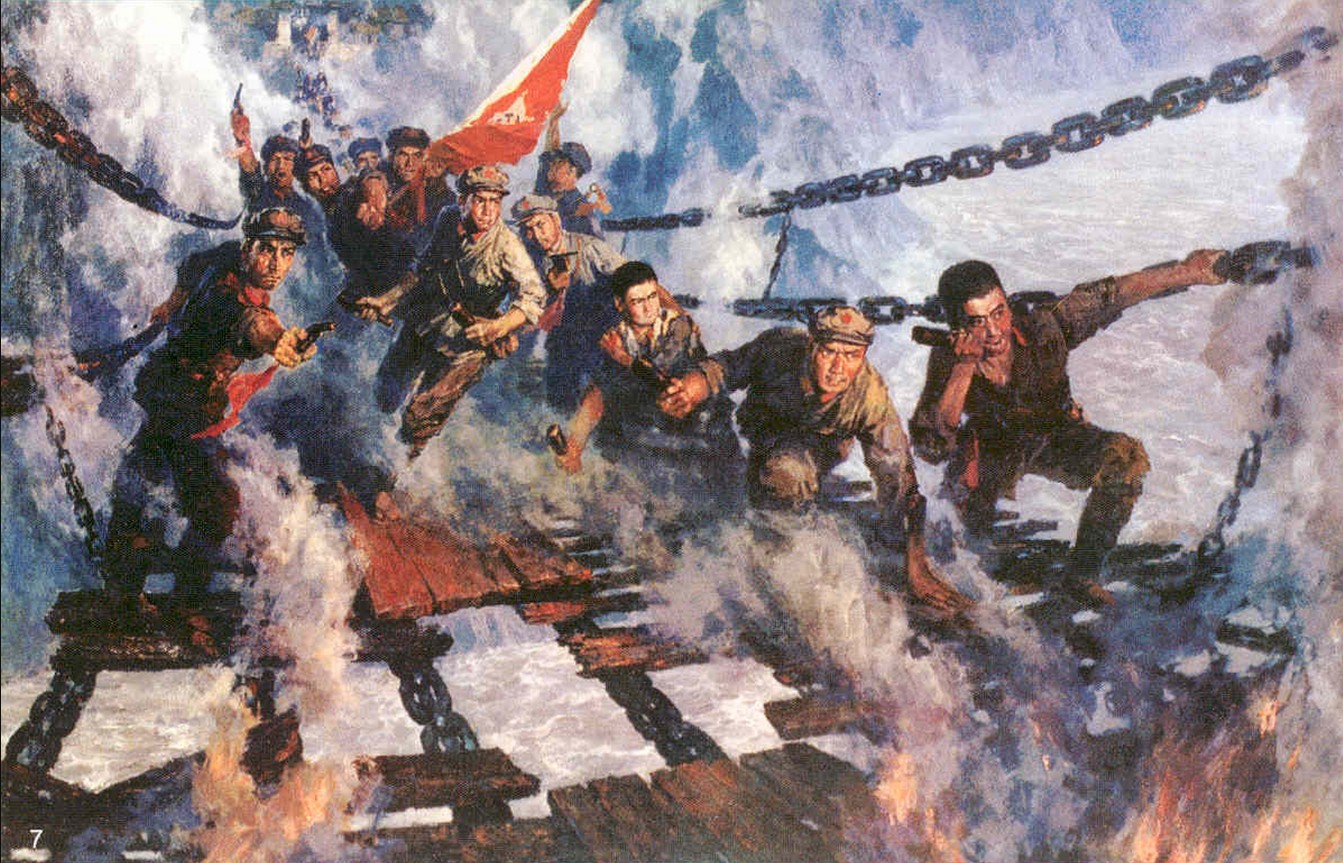
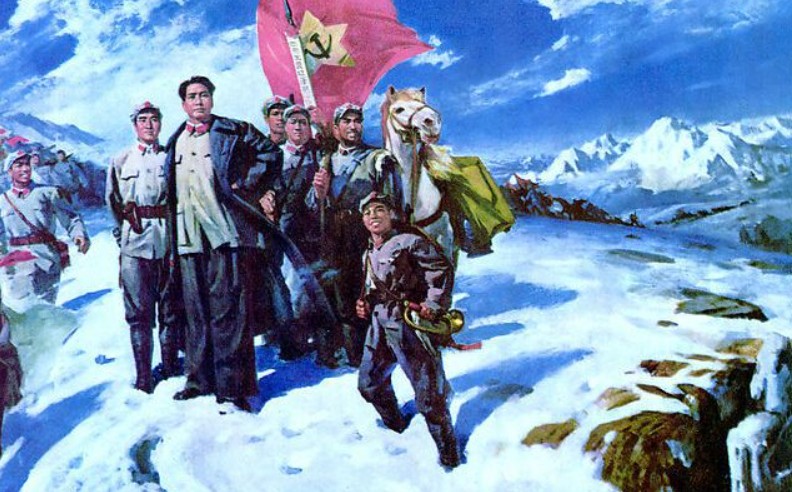
IMPACT OF THE LONG MARCH
The Long March had a profound and lasting impact on both the Chinese Communist Party and the course of Chinese history. It saved the Red Army from total destruction and gave the Party a vital chance to regroup and rebuild its strength.
On a deeper level, it gave rise to the Long March spirit – a set of values including perseverance, unity, and self-sacrifice. These ideals became a powerful tool for the Party to rally public support and inspire determination during later periods of hardship.
CONCLUSION
The Long March stands as a remarkable chapter in both military and world history, full of stories waiting to be explored.
On YPT’s China Revolutionary Red Base Tour, you can delve deep into the details of this historic journey.
We also offer bespoke private tours across China, including destinations like Beijing and Yan’an. Check out our China Tour Page to learn more.




